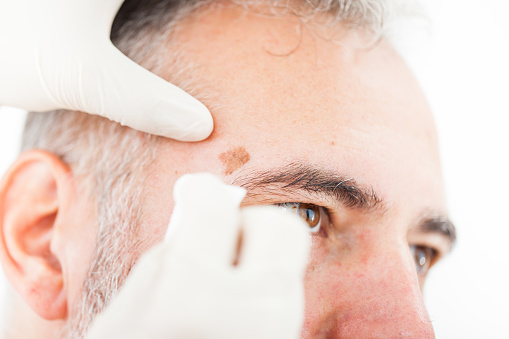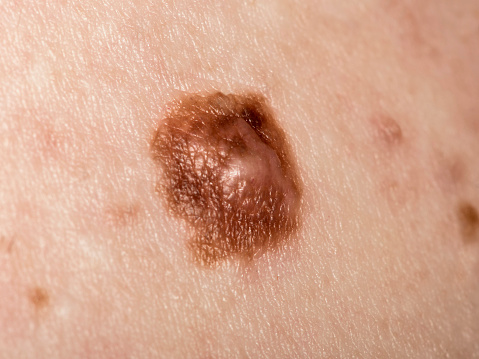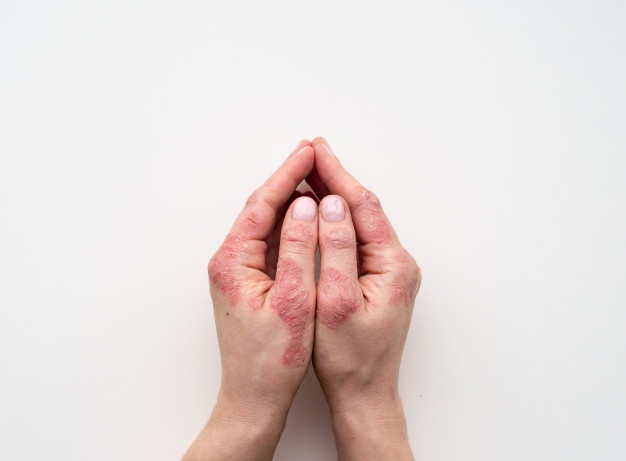An accomplished cardiologist and medical author, Rajan Bhatt has published in a number of peer-reviewed publications. A healthcare executive, Rajan Bhatt is the founder of Spectrum Dermatology and Spectrum Plastic Surgery. Spectrum Dermatology treats a variety of dermatological conditions, ranging from rashes and acne to skin cancer and moles.
Moles are abnormal growths in the skin characterized by bumps or lesions in the affected portion of the skin that are typically dark in color compared to the rest of the skin, although some moles are light and sometimes indifferent from the rest of the skin in terms of color. Moles are often not of medical consequence but may develop into a lethal skin cancer called melanoma. This is the major reason why people with moles are advised to undergo regular mole screening to detect early melanocytes. There are some noticeable signs that everyone who has moles should know.
Cancerous lesions on the skin, such as melanoma, are often asymmetrical. If the shape of a mole transforms from a somewhat circular form to a less perfect circle or disfigures entirely, a person may probably be looking at a melanoma. Also, benign (noncancerous) moles don’t change in size or color. A mole getting larger or transitioning into multiple colors could be a cancerous mole. Cancerous moles also exhibit jagged borders. If you notice any of the symptoms mentioned earlier, be sure to check with a dermatologist or have a skin cancer screening as soon as possible.




